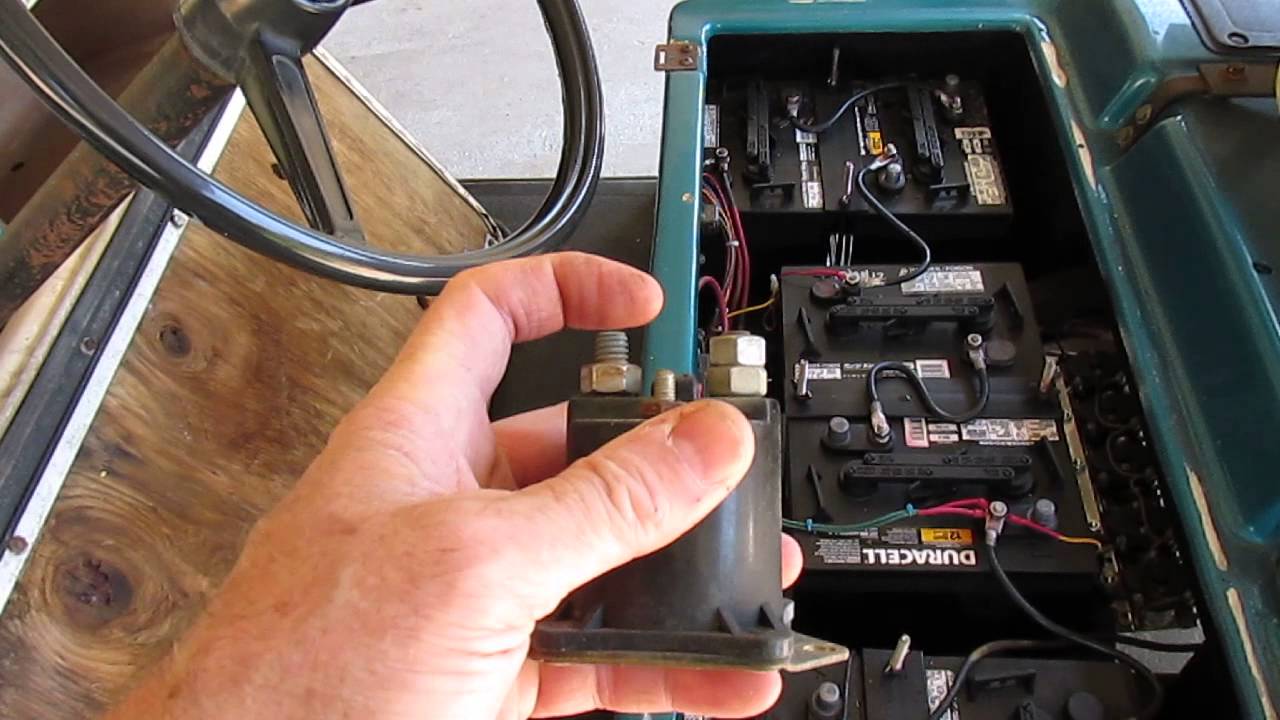-
Shopping Tools
-
Care & Maintenance
-
About
-
Dealer Login

No-go starts, weak speed, or sudden jerks? This step-by-step guide helps you troubleshoot your golf cart fast—check battery, wiring, solenoid, motor, and tires with simple DIY tests.
If you see burnt wiring, persistent controller or motor overheating, repeated breaker trips, fuel leaks, or you’re uncomfortable testing energized circuits, stop and schedule service. Targeted diagnostics (load testing, controller code reading, motor/ignition tests) prevent parts-guessing and save money.
Start with the battery and connections, confirm a healthy solenoid response, and trace wiring methodically. For gas models, prioritize spark, fuel, and air; for electric, verify pack health, controller signals, and high-amp paths. With a clear process and basic tools, most common problems can be identified swiftly—and solved just as fast.
